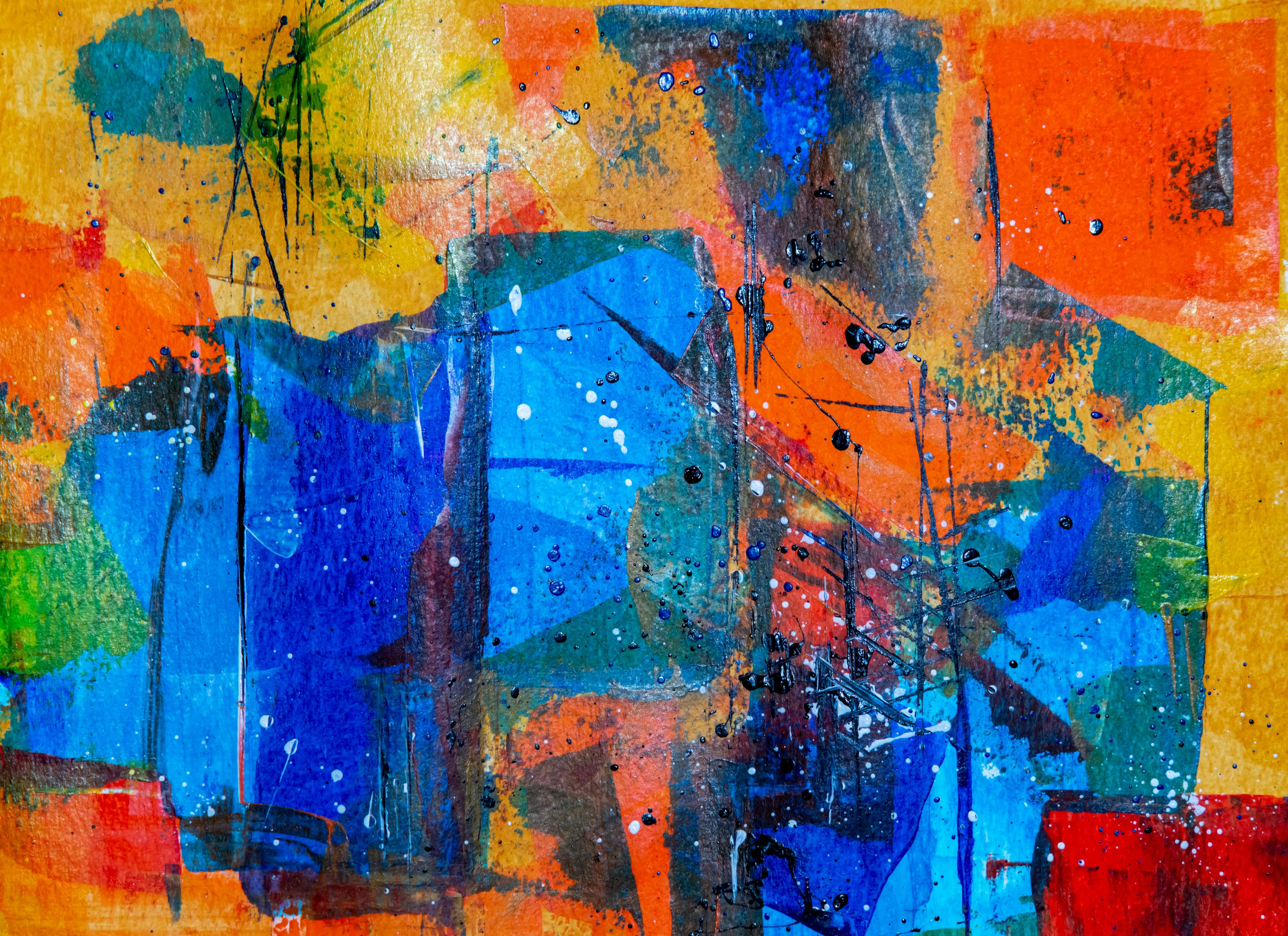Piano Transcription Notated
A piano transcription is a score written down for the purpose of playing a piece of music without its original instrument. It is very common in many music styles such as jazz where improvisations are often performed. The process of transcribing is very time consuming and requires great listening skills.
A good way to practice your transcribing is by doing it in small chunks. Try to work in beats, bars or even just a few notes at a time. That way you can keep the pace up and not get frustrated when the hard bits don’t come to mind straight away. You should also try to use tools that help with the process like Amazing Slow Downer which is useful for reducing the tempo of your track whilst still keeping the pitch the same.
The first step in a transcription is to understand the rhythm of a song. This means knowing how to count and how to recognize different types of musical durations. For example: if two notes are played together and they sound like duh-duh they are probably eighth notes, if they’re connected they are most likely sixteenths or part of a triplet. This is important because if you don’t know what duration of note to play it will sound wrong and can throw off the whole piece.

How is a Piano Transcription Notated?
Once you have the rhythm down it is then a matter of working out what the notes are. This can be difficult and is why many musicians take a long time to perfect this skill. Initially you will probably find that it is easiest to transcribe the melody and then once you have that down you can work on the chords.
Notes are represented on a musical staff by lines and spaces and each one has a specific letter that determines its pitch. The highest pitch sits on the top lines of the treble and bass clefs and the lowest on the bottom. Middle C is the anchor for both of these and has a line through it which is called a ledger line. Ledger lines are used to hold notes that do not fit within the five lines of a clef.
These notes, when combined together, create a musical tone and the frequencies that make up this tone are called harmonics. These harmonics can be mathematically derived from the fundamental frequency of the initial note (for example Middle C at 261.6 Hz) and they are usually expressed as integer multiples of this number (e.g. 2 x 261.6 Hz = 523 Hz, 3 x 261.6 Hz = 785 Hz or 4 x 261.6 Hz = 1046 Hz).
It is the job of the musician to listen to a song and work out what the harmonics are and how they are played. This is how the composer of a piece intended it to be heard and this is why a pianist is often involved in a piano transcription. This can even extend to a transcription of an orchestral work down to what a single pianist can manage to play on the piano.


